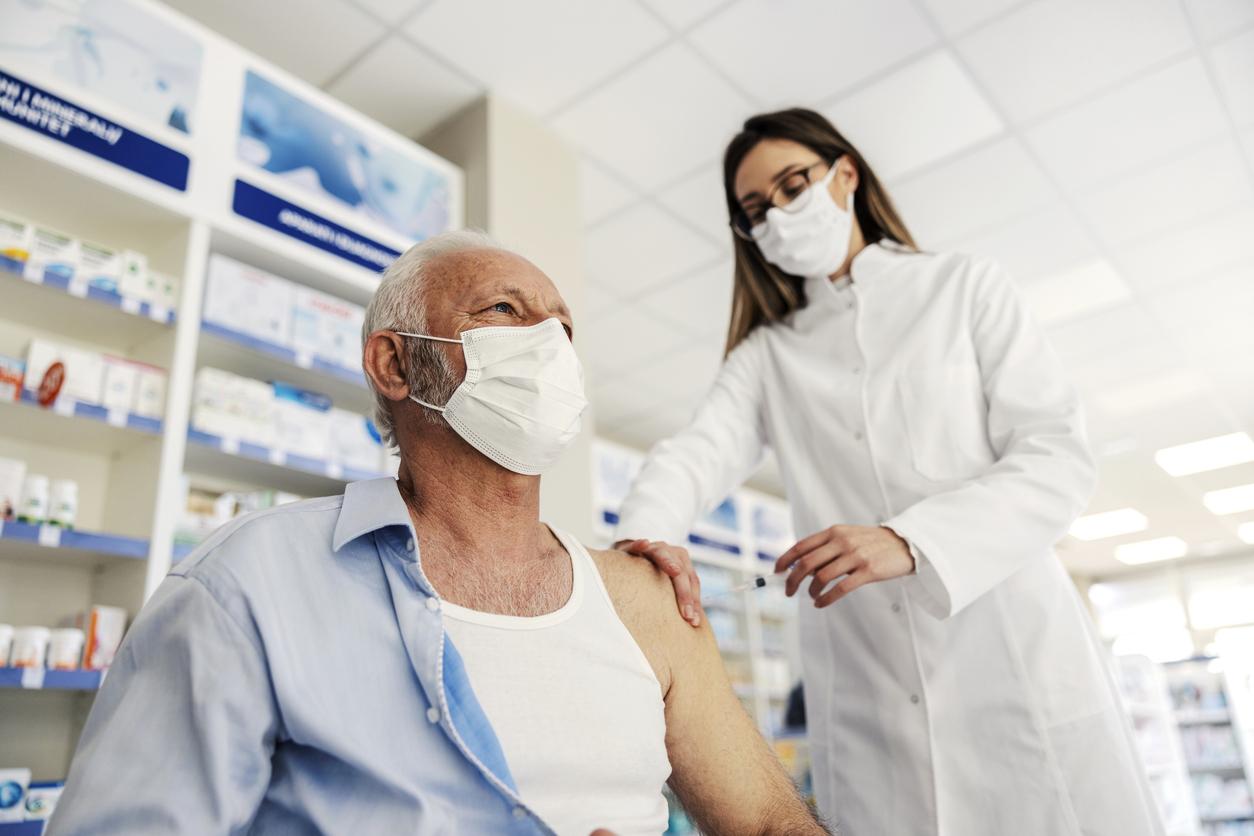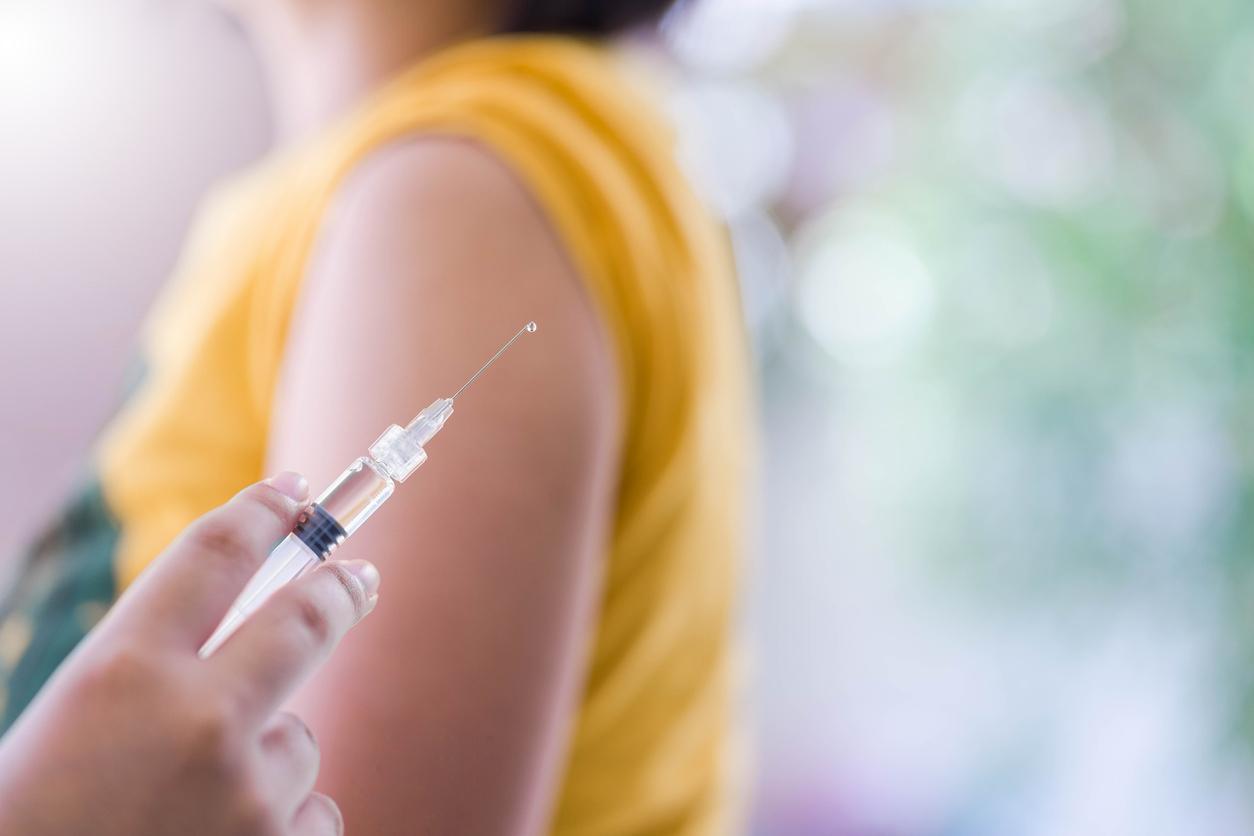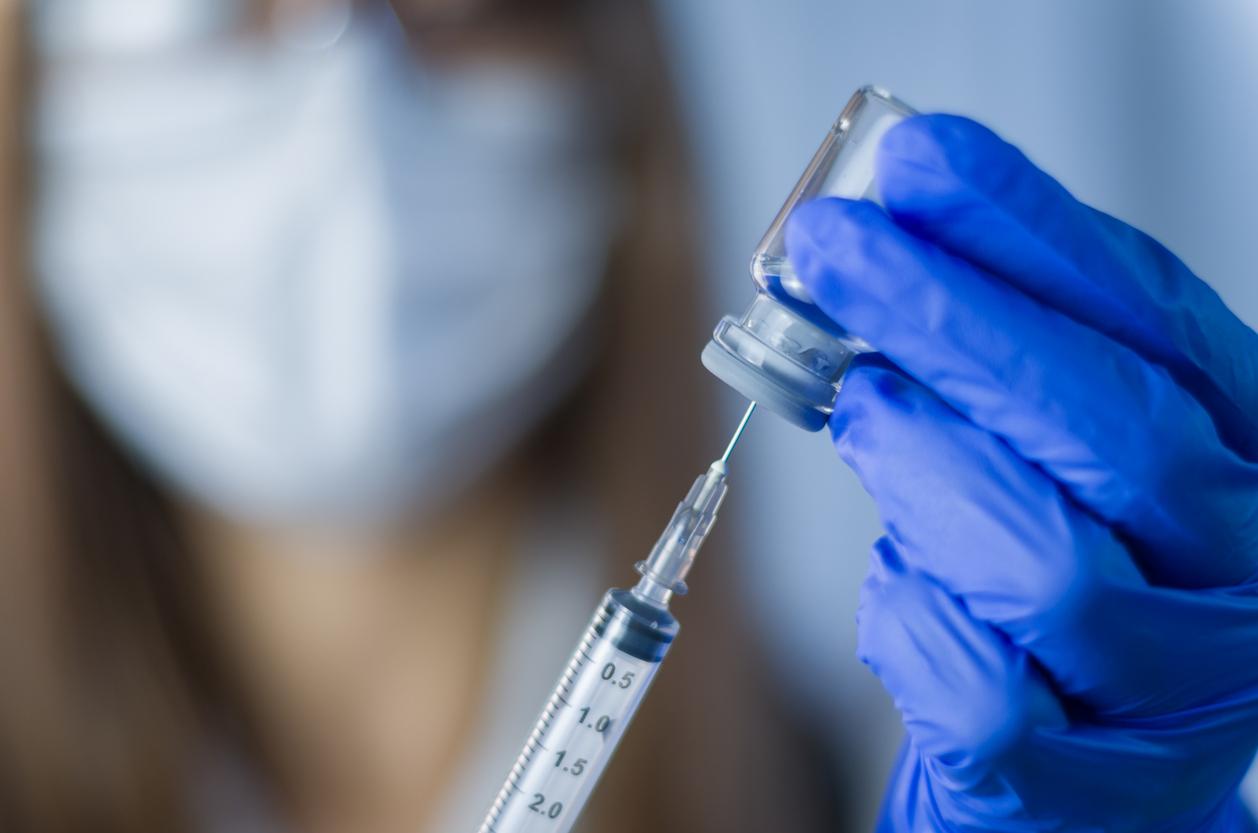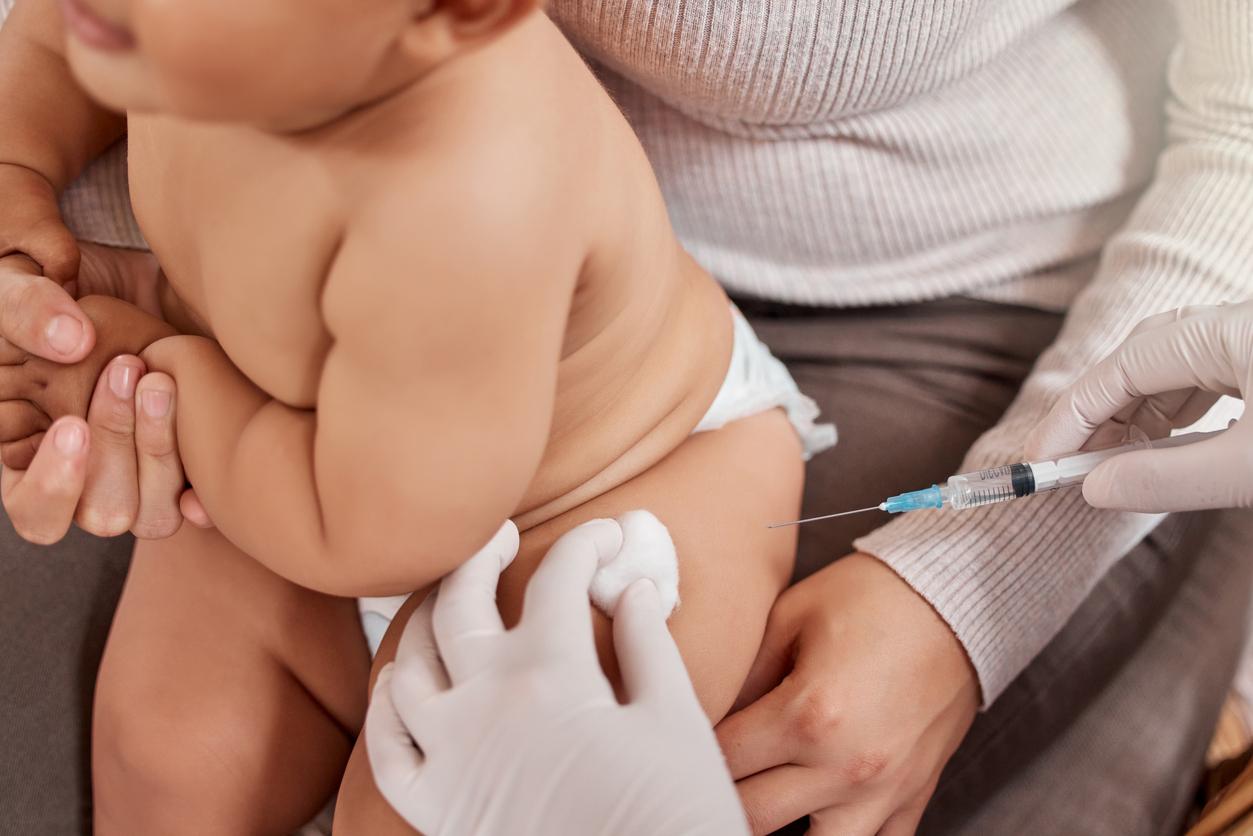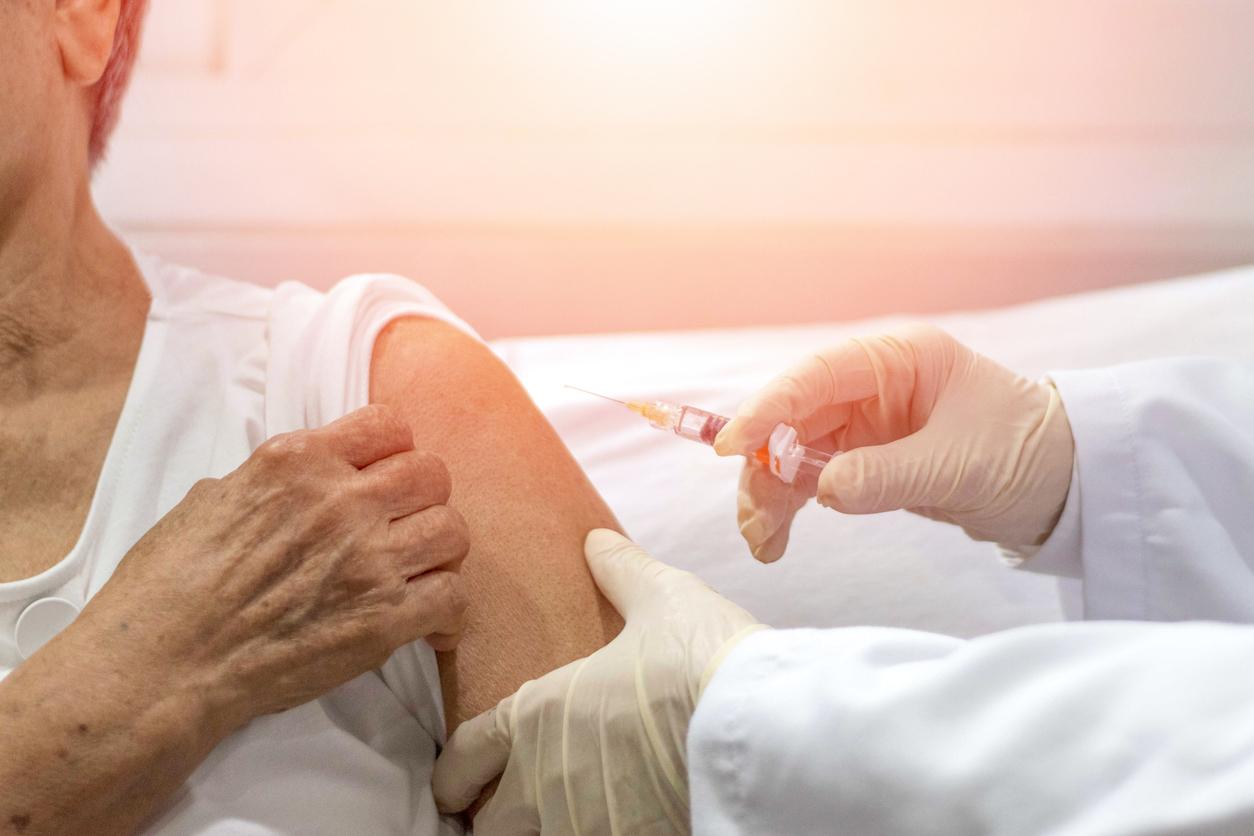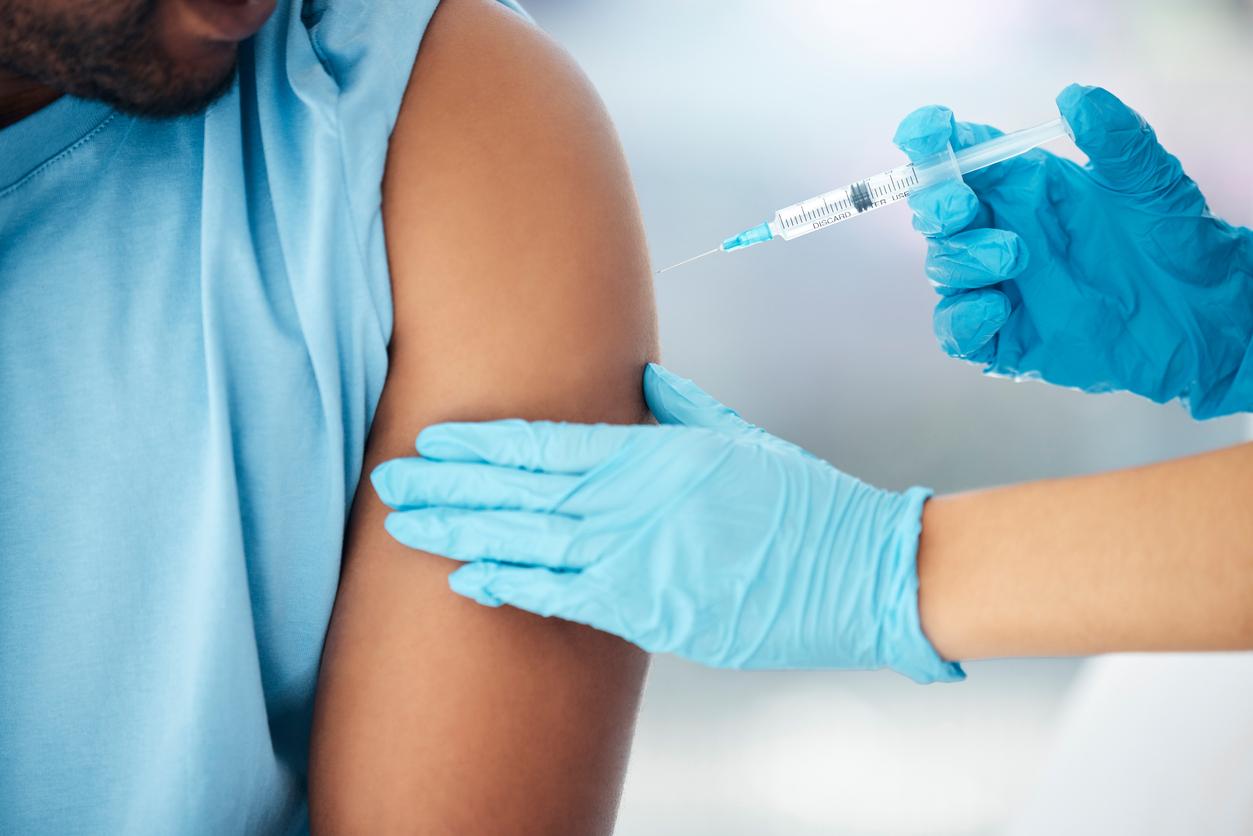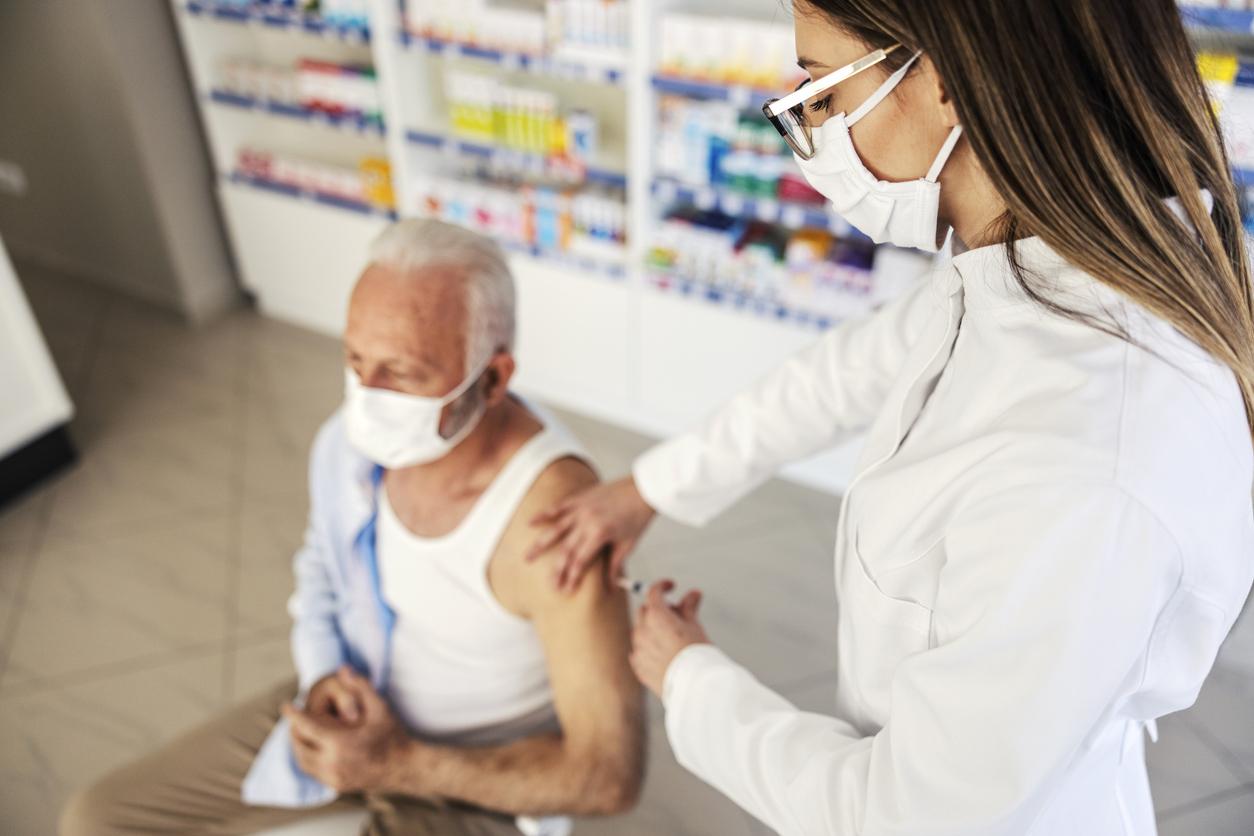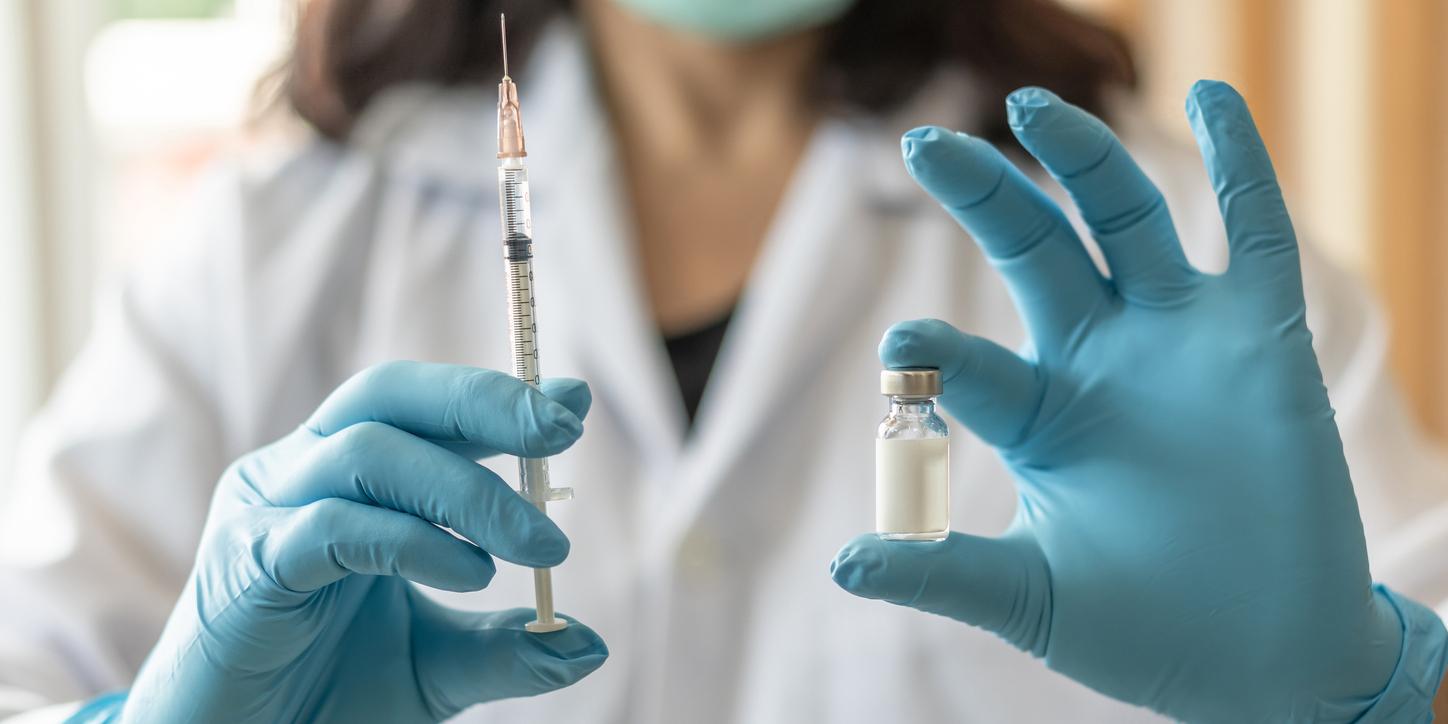A vaccine against gonorrhea, an STD that is increasingly difficult to treat, is finally about to see the light of day.
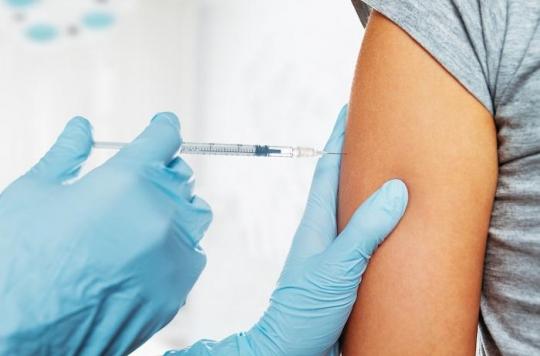
We are getting closer to a vaccine against gonorrhea, according to researchers at Oregon State University. Their results, published in Molecular and Cellular Proteomicsare all the more important since the microbe responsible (Neisseria gonorrhoeae) is considered a “superbug”, due to its resistance to all classes of antibiotics available to treat this kind of infection.
“The bacterium responsible for gonorrhea is particularly clever. Indeed, each time we use a new class of antibiotics to treat the infection, the bacterium evolves to resist it,” said Dr Teodora Wi last year, doctor at the World Health Organization (WHO).
78 million patients
Bacterial in origin, gonorrhea is a sexually transmitted disease that infects 78 million people each year worldwide (a figure that is increasing). It is very harmful for women if it is not or poorly treated, which can lead to endometritis, ectopic pregnancy, epididymitis, pelvic inflammatory disease or even infertility. In addition, babies born to infected mothers are at increased risk of blindness.
“To fight gonorrhea, we need new tools and systems to improve prevention, make early diagnosis and provide more comprehensive tracking and reporting of new cases, antibiotic use , resistance and treatment failures”, underlined in 2017 Dr Marc Sprenger, Director of the Antimicrobial Resistance Department of the WHO. “In this case, we need new antibiotics and rapid, accurate diagnostic tests that can be done at the point of care – ideally, tests that can predict which antibiotics will be effective against this infection. In the longer term, we We need a vaccine to prevent gonorrhea,” he added.
1,600 common proteins
Remember that a vaccine works by introducing an “invasive” protein into the body, called an antigen, which triggers our immune system. The team of researchers therefore carried out the proteomic profiling of 15 strains of Neisseria gonorrhoeae; the proteome refers to all the proteins produced by a given organism. More than 1,600 common proteins have been found among these strains, and nine potential new vaccines have been identified.
The researchers also discovered six new proteins that were expressed distinctly in all strains, suggesting that they play a role in drug resistance. They could therefore be effective targets for new antimicrobials.
50% of women have no symptoms
Together, these results represent a key step towards developing new weapons in the fight against an ever-evolving pathogen. “We have created a reference proteomic database for researchers studying vaccines against Neisseria gonorrhoeae and antimicrobial resistance,” the scientists said. “This is the first proteomic study of this scale to identify potential new vaccines and potential resistance signatures. It’s very exciting,” they conclude.
The first symptoms of gonorrhea usually appear between 2 and 7 days after infection, but sometimes appear several months later. In 50% of cases, women have no symptoms, unlike men.
Gonorrhea Symptoms
The symptoms of gonorrhea can be the following*:
– abnormal vaginal discharge;
– vaginal bleeding after intercourse and between periods;
– abnormal discharge from the penis or anus;
– tingling or burning sensation when urinating;
– pain in the testicles or in the area of the anus;
– sore throat.
If these symptoms occur, or if you have had unprotected sex, consulting a gynecologist is essential.
*Source: Quebec.ca.

.







